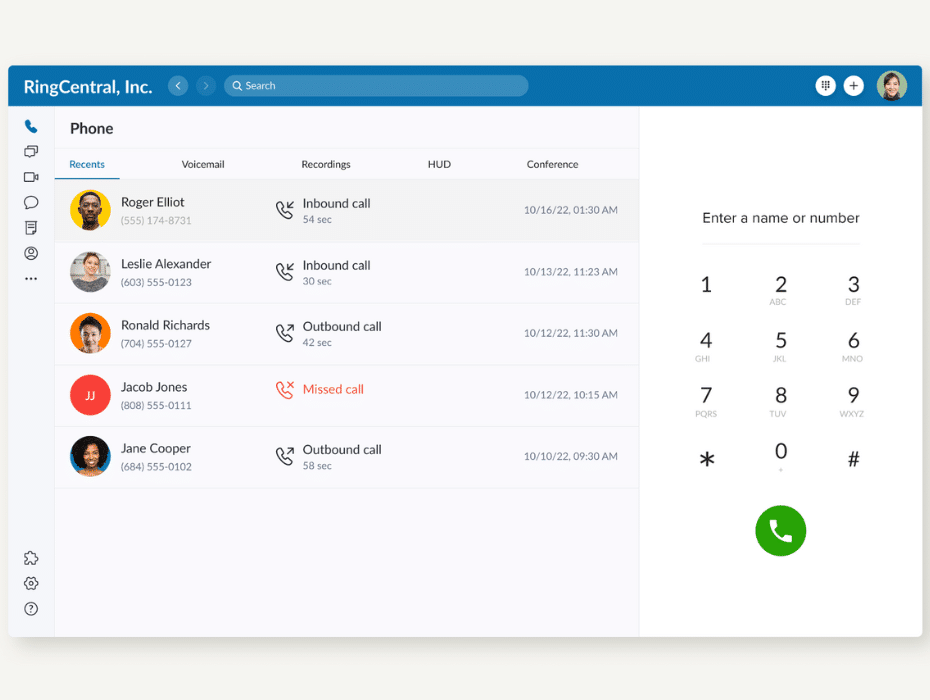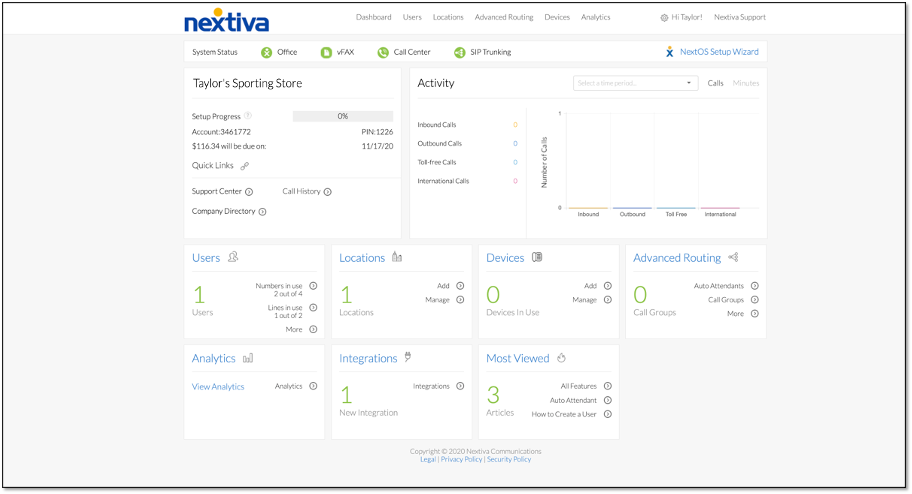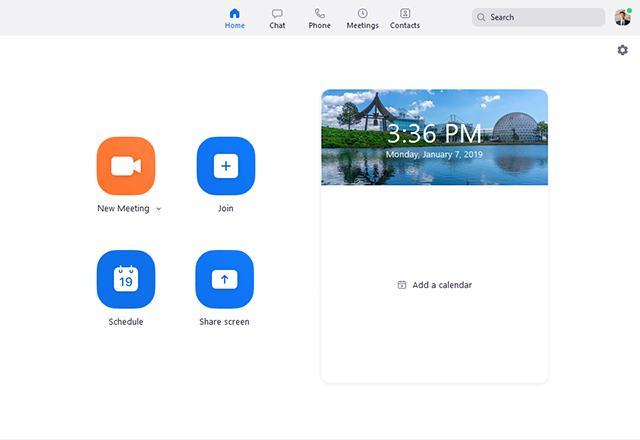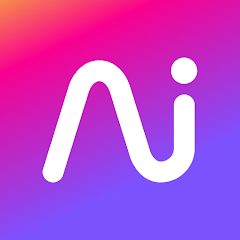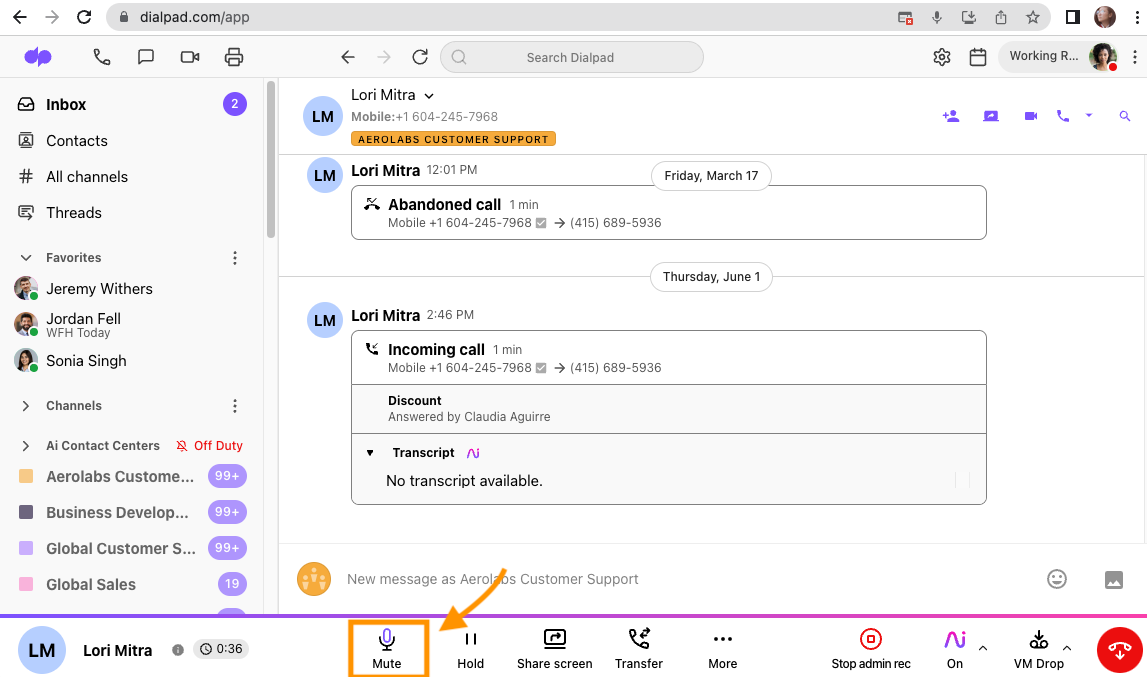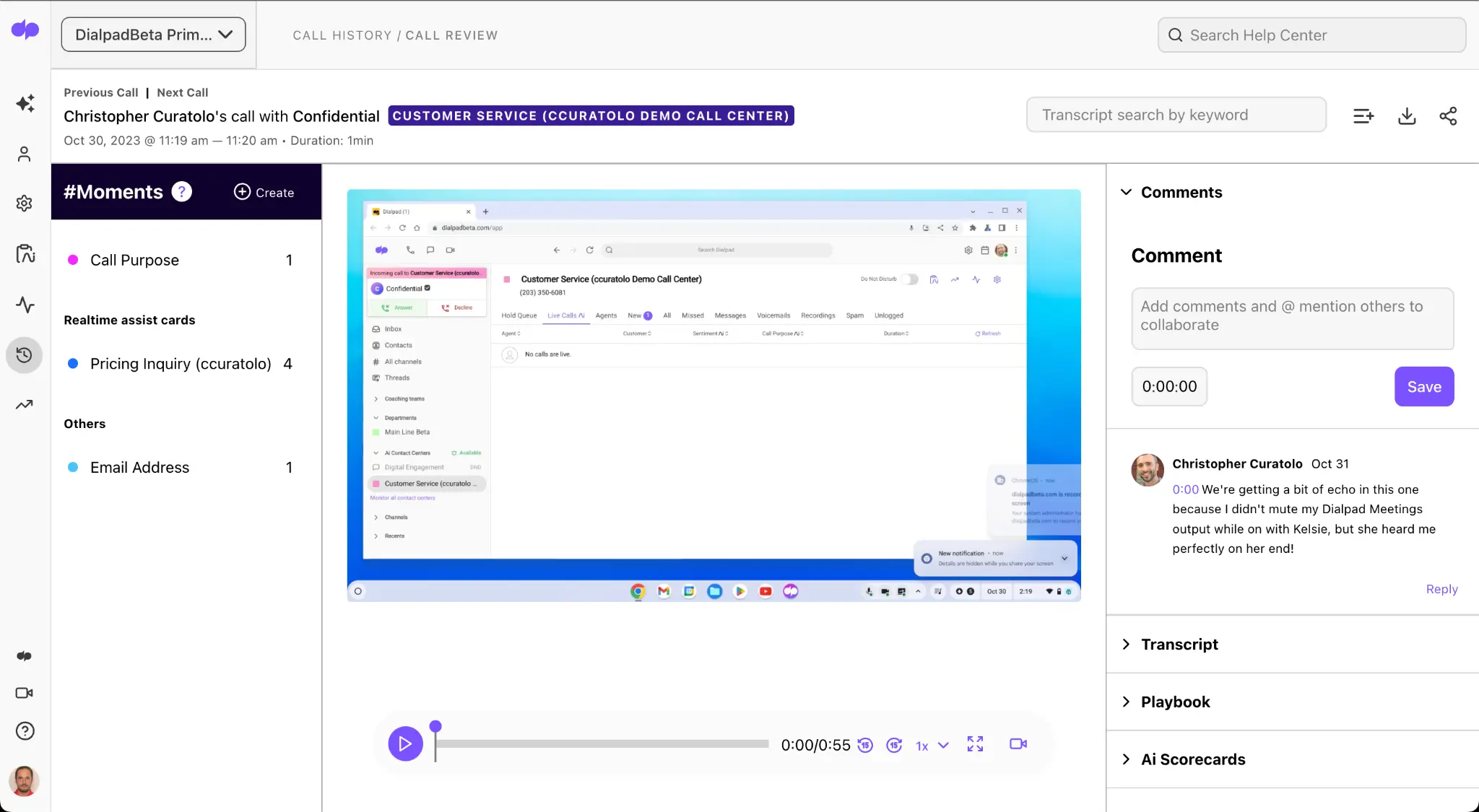
Key Takeaways
- Remote phone systems rely on VoIP to help employees work from any location with internet access
- Among the main benefits are cost savings, the ability to adapt, expand, use advanced tools and encourage employees to stay longer.
- Key features include access on all devices, a single interface, call routing shown visually, instant analytics, secure online meetings, calendar links and messaging.
- The best remote work phone systems are Nextiva, RingCentral, Zoom Phone, GoTo Connect and 8×8.
- Reliable internet, clear calls, protect data, use helpful tools and give training should be standard.
What is a Remote Phone System?
A remote phone system which is sometimes called a virtual or VoIP phone system, lets companies make and take calls from any place with internet access. With VoIP, voice calls are sent over the internet rather than over phone lines, allowing it to act as an office phone system from anywhere.
Because of this, staff can work remotely from home, a coffee shop or on the road, provided they are connected to the internet. Remote phone systems give you the benefits of a modern office phone system, but you can use them from anywhere.
Why Are People Embracing Remote Work?
The trend towards remote work in recent times and the pandemic has just made it happen faster. Remote work is being accepted by many people for several different reasons.
- Better work-life balance
- Increased productivity and focus
- Less stress
- Commute avoidance
In fact, a survey reveals that 77% of remote workers find they get more done at home and 74% believe they would be less likely to change jobs if they could work remotely. Businesses that allow remote work have a better chance of getting and keeping talented people.
Key Benefits of Remote Phone Systems
Using a remote phone system brings several advantages to businesses.
- Reduced costs: Lower expenses related to renting and traveling to work
- Flexibility: You can work from any place with internet service.
- Scalability: The system allows you to quickly increase or decrease the number of lines you use.
- Advanced features: Wide range of features included
- Easy maintenance: Managed by the provider
- Improved retention: Attracts and retains top talent
- Workplace diversity: A larger pool of people with different backgrounds is available to you.
If a business gives its staff the option to work remotely and doesn’t need an office, it can cut its expenses and keep productivity and teamwork high.
Must-Have Features of a Remote Office Phone System
When choosing a remote phone system for your business, look for the following key features:
- You can use it on any device (web, desktop computer or mobile app)
- There is just one app and one admin interface.
- A graphical tool to arrange how calls are directed
- Real-time tools to check call quality and use.
- Protect all your meetings and recordings.
- It’s easy to set up appointments with calendar integrations.
- The option to either message one person or a group
- You can get support through text messaging.
When all the necessary tools are brought together in one place, remote teams find it much easier to communicate and collaborate.
How Does a Remote Phone System Work?
Remote phone systems use VoIP technology to transmit voice calls over the internet. They VoIP technology is used by remote phone systems to carry voice calls over the internet. You will usually find features such as:
- Call forwarding
- Voicemail transcription
- Virtual numbers
- Connections with other important business tools
It is possible to access the system using a smartphone, computer or IP desk phone. Because calls are sent over the internet, there is more flexibility and you save money.
How to Set Up a virtual phone system for Your Team
Setting up your business phone system remotely requires the following:
- All team members should have a dependable internet connection.
- Select a VoIP service that is right for your business.
- Create user accounts and give them phone numbers.
- Set up call routing and other features when they are required
- Show team members how to work with the system.
- Ensure you have strong passwords and all your connections are encrypted.
You should pick a provider that provides strong security and dependable service for your remote phone system to operate well.
Signs You Need to Upgrade to a VoIP phone system
If your current phone system isn’t supporting your remote work employees, you might want to consider upgrading. There are some indicators that you should use a remote work phone system.
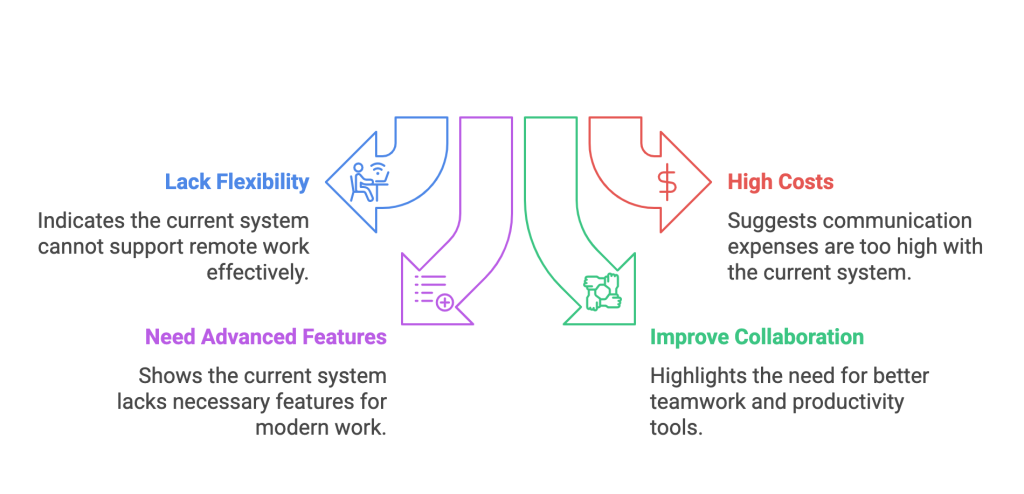
Moving to a remote phone system can help you handle these issues and ensure your business thrives as more work is done remotely.
Top Remote Phone Systems for Businesses
If you want to pick the best phone system for remote workers, look at these leading choices:
- 8×8
8X8
Ideal for small businesses, mid-market enterprises, and large corporations across industries such as education, healthcare, retail, financial services, and government
Rasons to buy
- + Unified communication platform integrating voice, video, and messaging
- + Scalability and flexibility to adapt to changing business needs
- + Advanced analytics for actionable insights
- + Integrations with platforms like Microsoft Teams and Salesforce
Possible Drawbacks
- –Limited post-purchase customer support
- –May be overkill for smaller businesses
- ● $24/user/month – Basic VoIP
- ● $44/user/month – Advanced VoIP
2. RingCentral
RingCentral
Best suited for small businesses and large enterprises seeking a unified communication platform that integrates messaging, video conferencing, and collaboration tools.
Rasons to buy
- + Comprehensive suite combining messaging, and video conferencing
- + Scalability with flexible plans suitable
- + Extensive integrations with over 200 tools
- + AI-powered insights and automation
- + Reliable performance with a 99.99% uptime
Possible Drawbacks
- –Complex setup process without IT support
- –Integration limitations with niche software
- ● Pricing starts at approximately $30/month
3. Nextiva
Nextiva
Rasons to buy
- + Unified platform for all customer communications
- + Provides AI capabilities for call transcription
- + Scalable solutions tailored to business growth.
Possible Drawbacks
- –Limited team collaboration tools
- ● Offers various plans including Digital, Core, Engage, Power Suite, and Enterprise plans
4. Zoom
Zoom
Best suited for small business owners, entrepreneurs, medium-sized businesses, and large enterprises with remote work or virtual communication needs
Rasons to buy
- + User-friendly interface
- + High-quality video and audio
- + Scalability for businesses of all sizes
- + Strong security features like end-to-end encryption
- + Advanced collaboration features in Zoom Rooms
Possible Drawbacks
- –Poor customer service
- –Hidden costs like VAT
- ● Free plan with limited features
5. Dialpad
Dialpad
Best suited for large enterprises and contact centers requiring advanced AI-driven communication solutions.
Rasons to buy
- + AI-powered features for improved productivity
- + Scalable platform for growing businesses
- + Unified communications (voice, video, messaging)
Possible Drawbacks
- –Expensive for small businesses
- –Complex user interface
- –Poor customer support
- ● Standard plan: $15 per user per month
Before selecting a remote work phone system, think about your company’s size, what you can afford, which features you require and if you need to make international calls or have video conferences. Evaluating your choices will allow you to pick the right remote phone system for your team.
Best Practices for Using Remote Phone Systems
For the best results with your remote phone system, use these tips:
- Provide strong internet access for all the team members.
- Ensure good call quality by selecting providers with the latest codecs and QoS options.
- Ensure you have solid security, including encryption.
- Encourage teamwork by using different communication tools in one place.
- Regularly help and support your team with training.
- Choose network monitoring software that is able to track VoIP.
- When planning handset rollout, don’t forget about the infrastructure you will need.
If you follow these guidelines, your team will have a good transition to remote work and still keep in touch and cooperate well.
Ready for Remote Success
The best office phone systems offer businesses flexibility, lower costs and the latest features needed for working from anywhere. If you pick a good VoIP service from Nextiva, RingCentral or Zoom Phone, your team will get the tools they need and you’ll save on expenses. Follow the best recommendations for network and security to ensure your system works well. The correct remote phone system ensures your business is ready for the future of workplaces.





